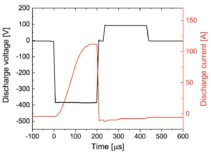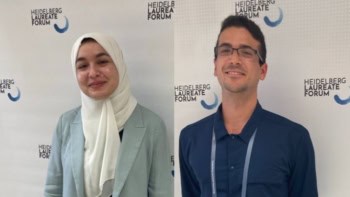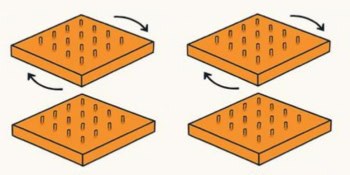Available to watch now, IUVSTA, in partnership with Ionautics, Hiden Analytical and Agilent Vacuum Products explore thin film deposition using Bipolar High-Power Impulse Magnetron Sputtering
Want to learn more on this subject?
 In this webinar, Daniel Lundin will give an introduction to thin film deposition using Bipolar High-Power Impulse Magnetron Sputtering (Bipolar HiPIMS), and how this sputtering technique differs from conventional magnetron processes.
In this webinar, Daniel Lundin will give an introduction to thin film deposition using Bipolar High-Power Impulse Magnetron Sputtering (Bipolar HiPIMS), and how this sputtering technique differs from conventional magnetron processes.
The webinar includes a brief introduction to standard HiPIMS with emphasis on ionization of sputtered atoms, since it enables effective surface modification via ion etching and self-ion assistance during film growth.
Bipolar HiPIMS represents a different approach to increase the energy of the bombarding ions. A positive pulse is applied to the magnetron target after the negative HiPIMS pulse, and the ion energy gain is proportional to the applied positive voltage. We will also look at the important role of the plasma potential for accelerating the ionic species with our goal to identify suitable conditions for achieving ion acceleration independent on substrate grounding.
Experimental results and simulations, based on industrially relevant material systems, will be used to illustrate mechanisms controlling the film growth.
Want to learn more on this subject?
Daniel Lundin is a visiting professor in the Plasma and Coatings Physics Division at Linköping University, Sweden. He is also the co-founder of the Swedish thin film technology company Ionautics. He obtained his PhD in 2010 and his Docent Degree/Habilitation in 2016 at Linköping University, Sweden. He has previously worked as a senior researcher at the National Center for Scientific Research (CNRS)/Paris-Saclay University, France, as a researcher at the Royal Institute of Technology (KTH), Sweden, and as a guest professor at Kiel University, Germany. Throughout his entire career, Daniel has been at the forefront of international research efforts on developing and characterizing new plasma-based methods for synthesizing thin films, in particular the thin film deposition technique High Power Impulse Magnetron Sputtering (HiPIMS). His current research is focused on plasma process control for film deposition using reactive gases, such as oxygen or nitrogen, where he has discovered new ways to enable stable and repeatable high-rate deposition of all types of compound coatings. For his work, he has received several awards and honours including the Institute of Physics Prize for novelty, significance and potential impact on future research and ranked as one of Sweden’s young “Supertalents” by the Swedish business journal Veckans Affärer. He is also the editor and main author of a book from Elsevier on the HiPIMS process (first in its field), published in 2020. He has published approximately 80 papers in refereed journals with more than 2600 citations. Daniel is a national representative in the Plasma Science and Technique Division of IUVSTA, a member of the board of the European Physical Society Technology and Innovation Group (EPS-TIG), and a member of the AVS Advanced Surface Engineering Division Executive Committee.








